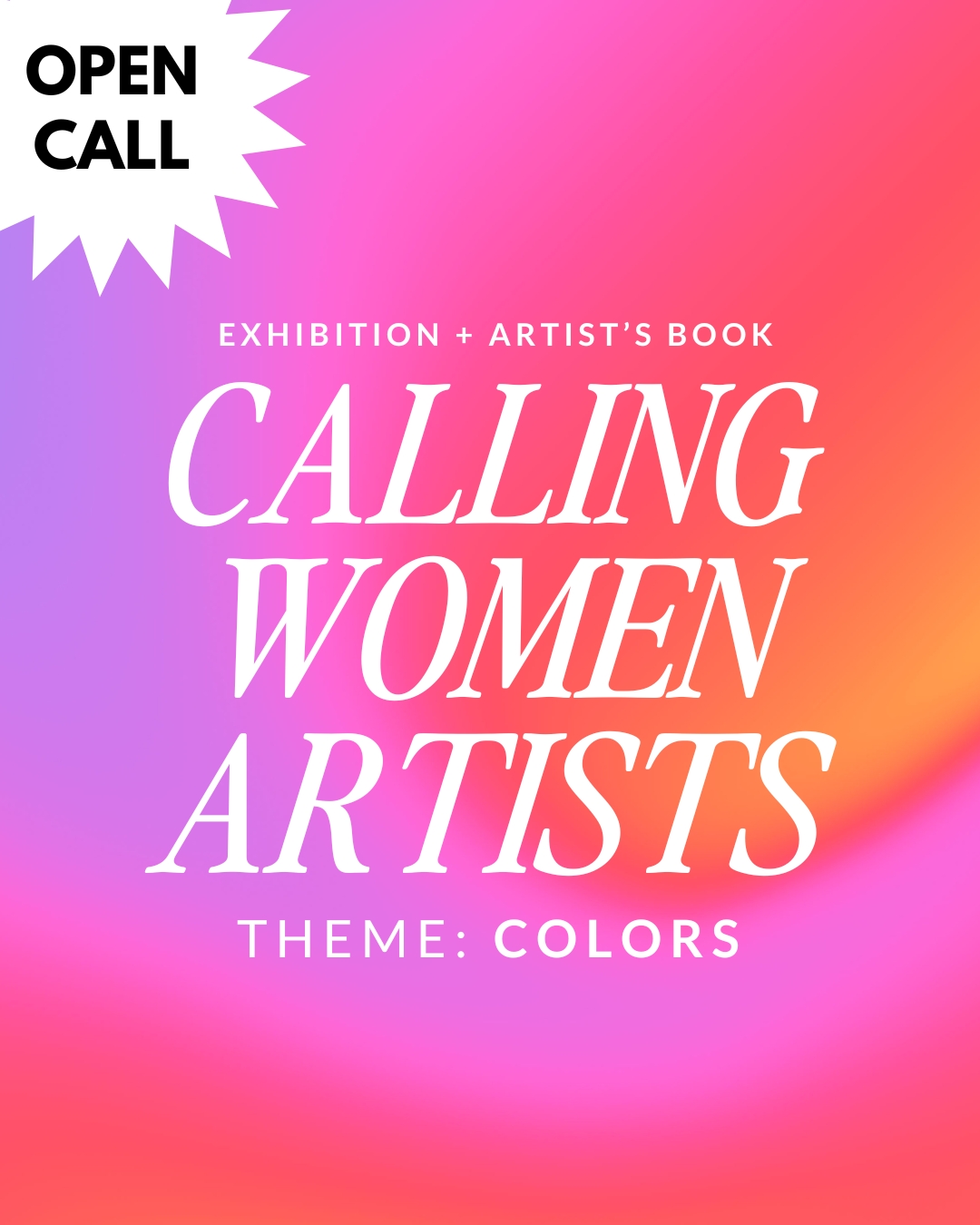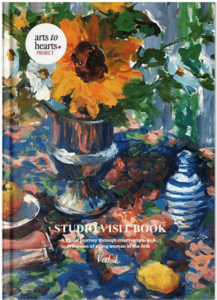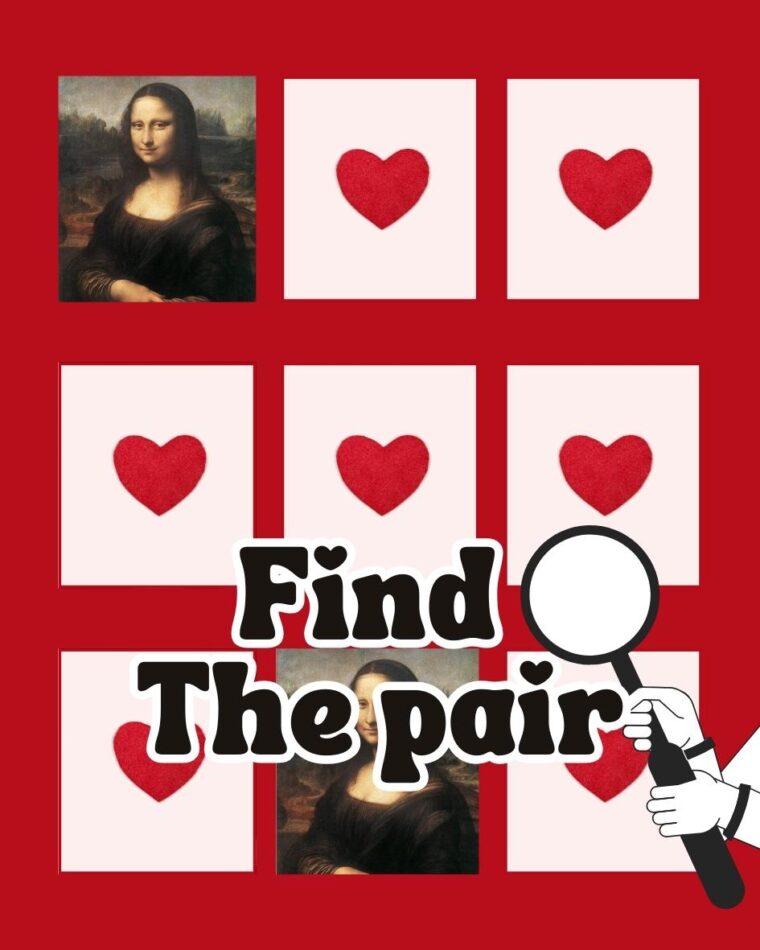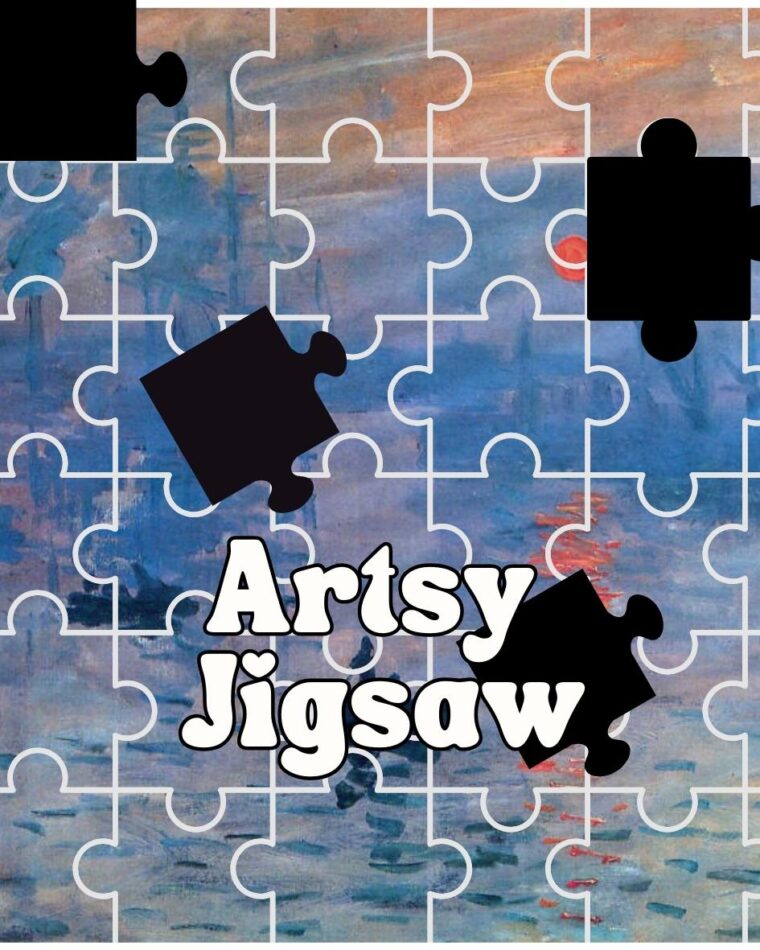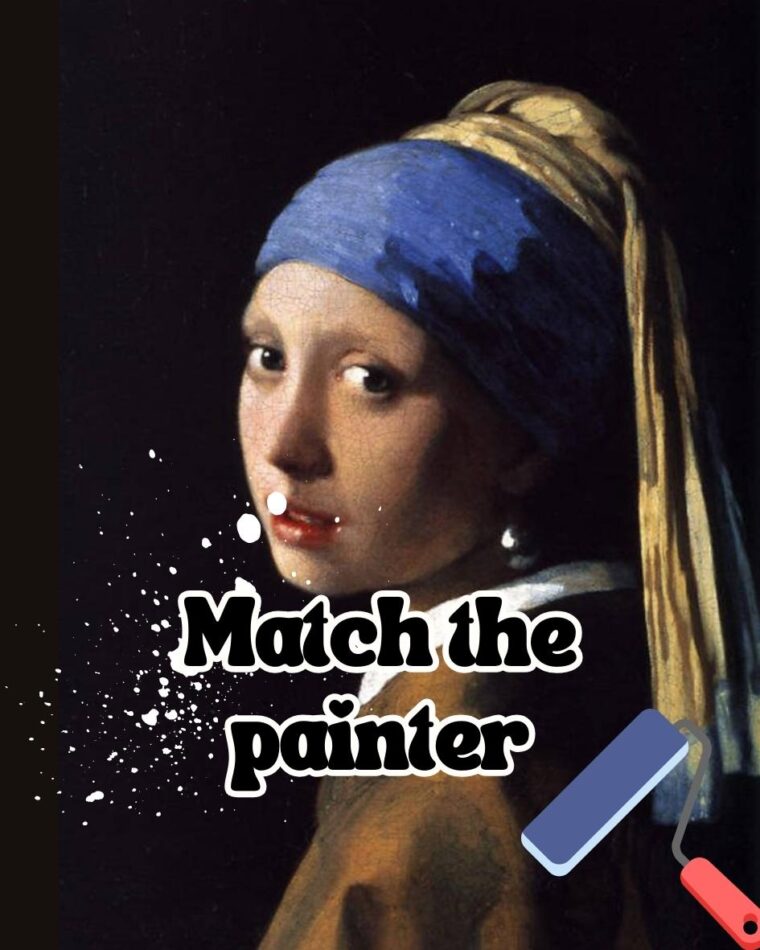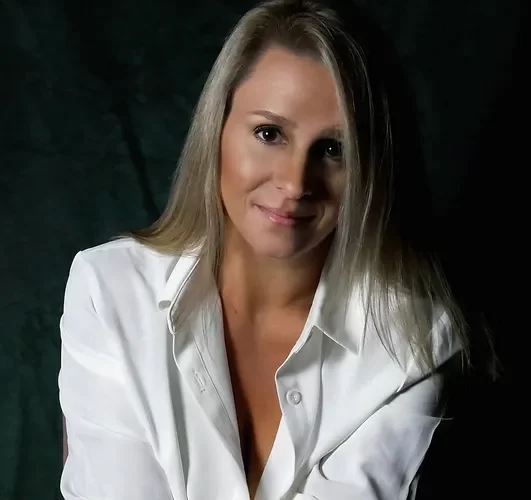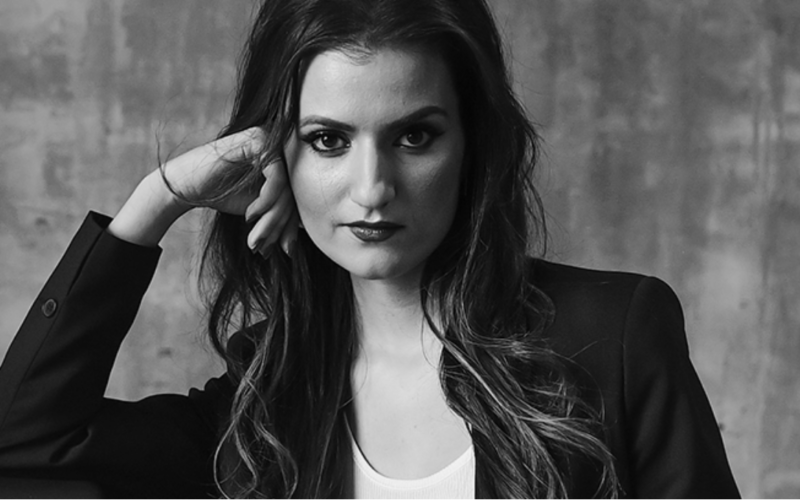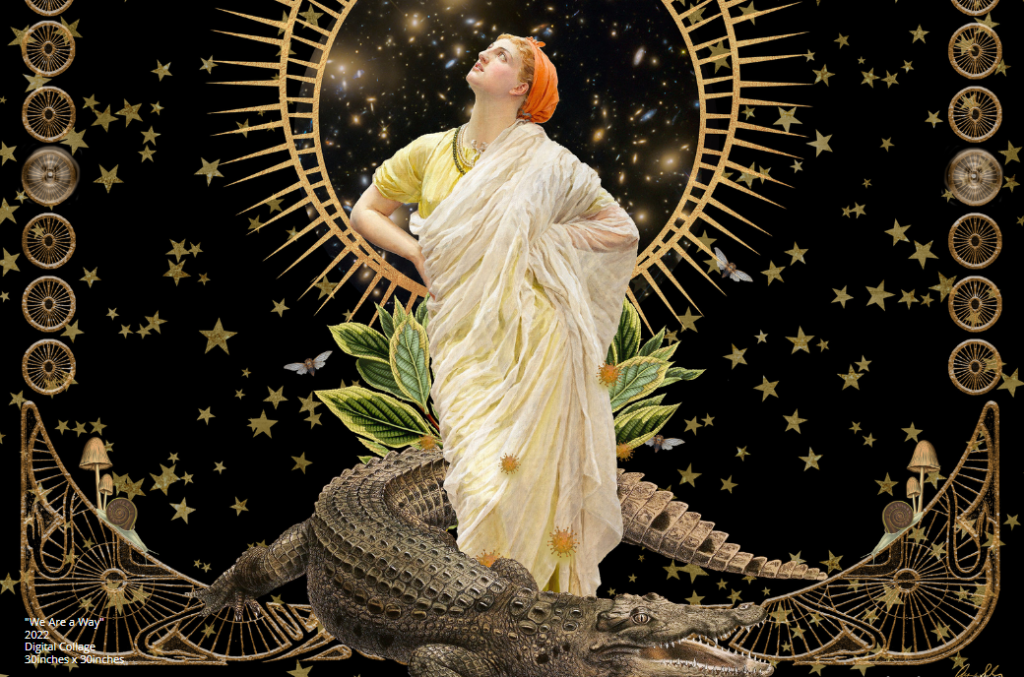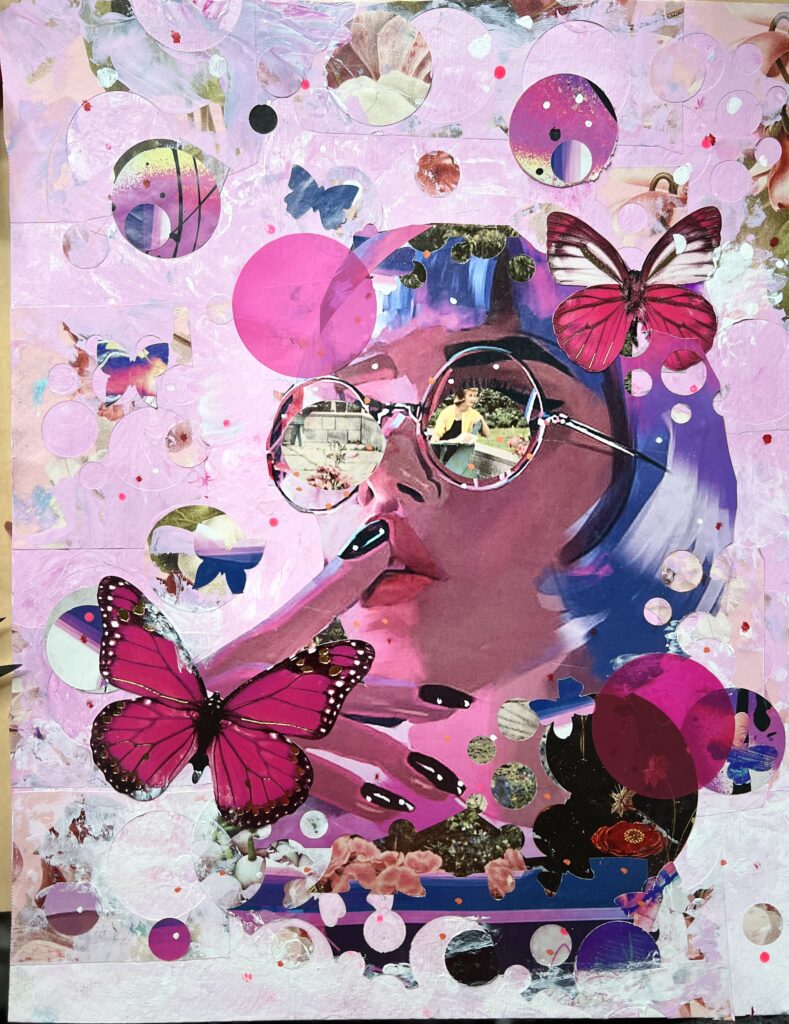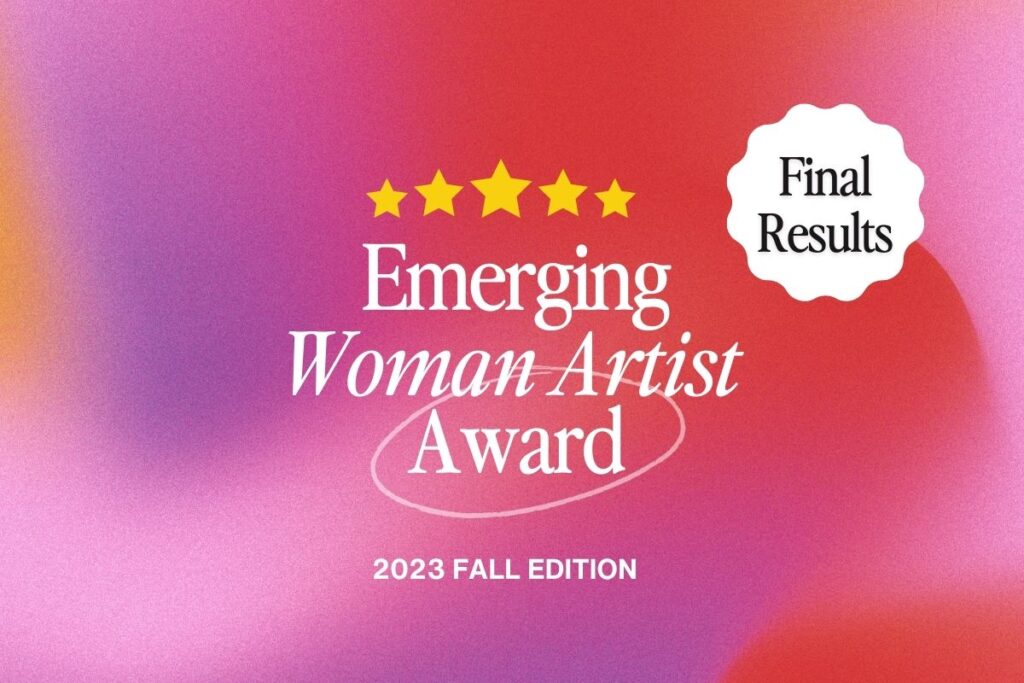
What are the top challenges faced by artists in today’s art world?
6 minute read
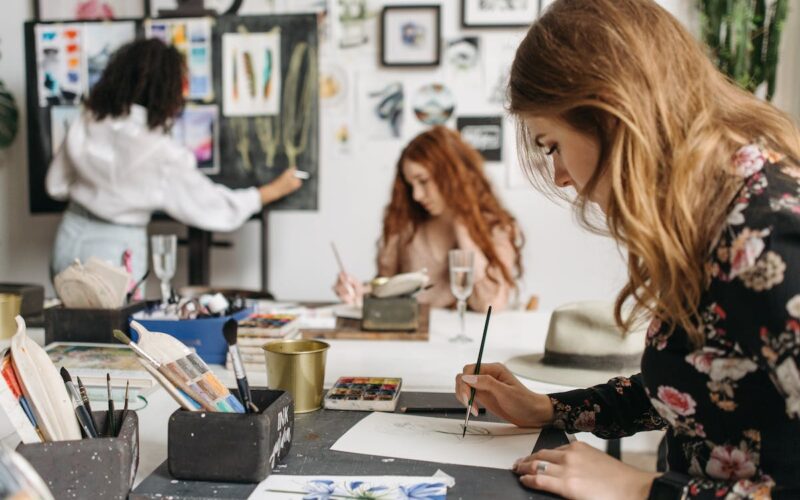

Artists today face a lot of problems as they try to make their way in the changing world of art. From not having a stable income to wanting more recognition for their work and dealing with how technology affects their art, there are many problems an artists encounter every day
In this community article, we’ll talk about some of the biggest issues that artists deal with. We asked our Instagram community what they think the art world’s most significant problems are right now, and their responses gave us valuable insight into the challenges artists face.

Come with us as we uncover the real struggles of today’s artists and look for ways to support their efforts.
Not giving the right business and marketing education

One significant problem artists face is not being taught about the art business and how to start a business when they’re in art school. Many artists graduate without the knowledge and skills they need to make a living from their creative work. They might excel in their craft but struggle to understand the practical side of selling their art, managing finances, or promoting themselves in a crowded market.
To resolve this issue, it’s crucial for art schools to incorporate practical business education into their curricula. This could include courses on marketing and self-promotion, financial management, copyright and intellectual property rights, and the basics of setting up and running a creative business.
Additionally, mentorship programs connecting students with established artists or industry professionals can provide invaluable guidance. For those who may struggle with academic writing or need specialized assistance, the option to Hausarbeit schreiben lassen (have a term paper written for you) can be a practical solution, ensuring that students can focus on honing their artistic talents without compromising on academic requirements. With a more holistic education that combines artistic skills and business, emerging artists can be better equipped to navigate the art world successfully and sustainably..
Over saturation

One of our community members shared their thoughts on the issue of oversaturation in the art world. They expressed concern about the mix of professional art and basic art, which can make it challenging for talented artists to stand out in a crowded field.
In the current digital age, the phenomenon of ghostwriting for online exams, known as has also emerged, reflecting the complexities and challenges within the academic sphere. With the rise of social media and online platforms, anyone can share their artwork, blurring the lines between professional artists and hobbyists. This flood of content can sometimes make it difficult for exceptional artists to get the recognition they deserve. Similarly, the ease of access to ghostwriting services raises questions about authenticity and merit in various fields, not just in the art world but also in academia, where the integrity of one’s work is paramount.
To address this, it’s essential to create spaces and platforms that curate and showcase high-quality art, helping talented artists break through the noise. Additionally, supporting and promoting the work of emerging artists can contribute to a more balanced and diverse art landscape. By doing so, we as a community can help ensure that artistic excellence remains at the forefront, despite the challenges of oversaturation.
Lack of connections and the dominance of established artists:

One of our community members astutely pointed out a significant issue that plagues the art world. Many emerging artists struggle because they lack the connections necessary to make headway in the industry. It’s often disheartening to see those who do have connections leverage them for financial gain, leaving lesser-known artists at a disadvantage.
Another stumbling block is the lasting fascination with famous artists from the past. The art world often holds on to their works and craze, making it challenging for emerging artists to break through. It seems that the limelight is firmly fixed on the established figures, making it tough for new talent to shine.
To address this, there needs to be a more inclusive approach to promoting emerging artists. Art communities and institutions can actively seek out and showcase new talent, providing them with opportunities to exhibit and gain recognition. Additionally, art curators can explore and appreciate the work of emerging artists, helping to level the playing field. By breaking down these barriers, we can create a more equitable art world where talent, not just connections or history, is celebrated and rewarded.
AI Taking Over:

Another concern on the minds of artists is the growing presence of AI (Artificial Intelligence) in the creative world. While AI can generate art and music, there’s a worry that it might replace human artists in the future.

As expressed by ons of our community members, yes AI can create beautiful artworks and even compose music, but it lacks the human touch and emotion that artists bring to their work. It can be a useful tool, but it’s not a substitute for human creativity and expression.
As artists face the rise of AI, it’s important for them to adapt and collaborate with technology instead of fearing it. By learning to use AI as a tool to enhance their creative process, artists can stay ahead of the curve and continue to produce unique and meaningful art. This way, technology becomes a partner, not a threat, in the world of art.
Finding buyers and connecting with galleries:
Finding buyers for their artwork is a common challenge for artists. It can be tough to reach the right audience and make a living from their craft. Additionally, many artists struggle to connect with galleries, which can provide exposure and opportunities for collaboration.
To overcome these hurdles, artists can explore online marketplaces and social media to connect with potential buyers directly. Building a strong online presence and networking with art enthusiasts can be a game-changer in finding buyers. Moreover, reaching out to galleries through portfolio submissions and attending art events can help artists establish meaningful connections in the art world. It’s about finding the right balance between self-promotion and seeking opportunities for collaboration to sustain a thriving artistic career.
Art Plagiarism:

Another issue mentioned by one of our community that plagues the art world is art plagiarism. This occurs when someone copies or imitates an artist’s work without permission or proper credit. Plagiarism can undermine the original artist’s livelihood and reputation.
To combat art plagiarism, it’s crucial for artists to protect their work through copyright registration and vigilant monitoring. Online platforms and social media make it easier to track instances of plagiarism. Artists can also educate their audience about the importance of respecting intellectual property rights and giving credit to the creators.
Furthermore, art communities and organizations should actively support artists in pursuing legal action against plagiarism when necessary, as this sends a strong message that intellectual property theft won’t be tolerated. In the same vein, seeking assistance through services such as online klausur ghostwriter can provide artists and creators with the guidance needed to navigate the complexities of copyright and plagiarism issues. By collectively addressing art plagiarism, the art world can foster an environment where creativity and originality are celebrated and protected.


In conclusion,
The art world is undeniably complex, and it can be a tough terrain for artists to navigate. The challenges we’ve explored in this article are just the tip of the iceberg. However, the solutions to these challenges lie in our collective effort to adapt, innovate, and make the art world a more welcoming place for artists of all kinds.
Should we slow down, forget about money, and return to the good old days of leisurely studio visits and handwritten letters? Not likely. Instead, we can strive for a balanced approach where creativity, originality, and financial sustainability coexist harmoniously. We must continue to address issues such as business education, AI integration, oversaturation, finding buyers, and art plagiarism to create a more inclusive and equitable art world.
By acknowledging and actively working on these concerns, we can support artists in their creative journeys and ensure that the art world remains a vibrant and evolving space.
Social media is great way to connect with fellow artists, learn new things and boost your art success. Join our Instagram community here..
https://instagram.com/artstoheartsproject?igshid=MzRlODBiNWFlZA==
